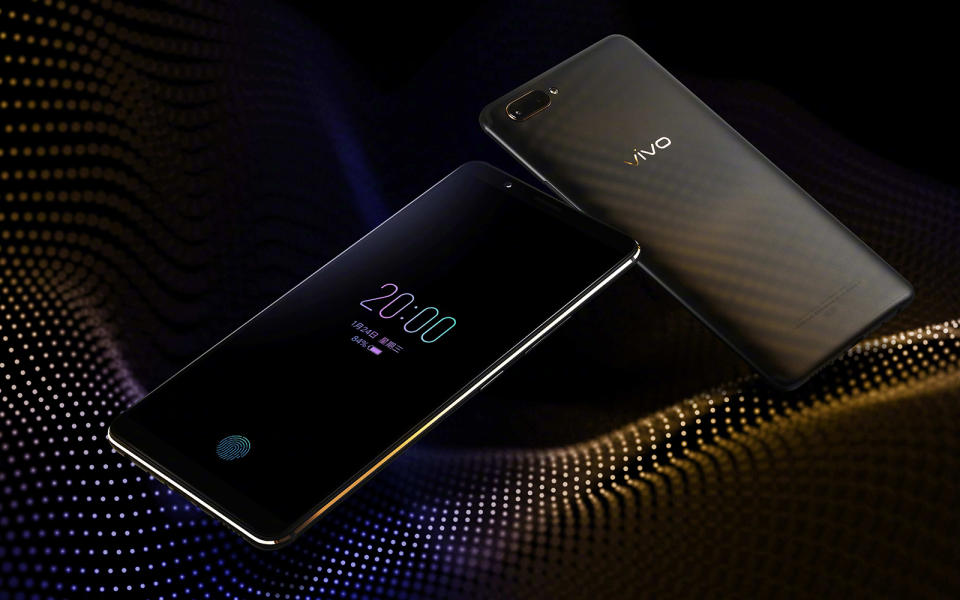Vivo's in-display fingerprint reader won't play nice with screen protectors
Luckily, the Vivo X20 Plus UD comes with one that works.
It's only been two weeks since Vivo's latest attempt with an in-display fingerprint reader on a smartphone, and even though it didn't work perfectly for us, the company thinks it's ready for prime time. In China, consumers will soon be able to use this cool feature on the new Vivo X20 Plus UD, which is available today for 3,598 yuan or about $560, and it'll be shipping from February 1st. As the "UD" in the name implies, the fingerprint reader here has been moved from the rear side to underneath the display, courtesy of Synaptics' Clear ID sensor.
Apart from the special black-and-gold design, this device is otherwise identical to the original X20 Plus. You'll find the same 6.43-inch 2,160 x 1,080 (18:9) AMOLED screen, a Qualcomm Snapdragon 660 chipset, 4GB of RAM, a 3,905 mAh battery, a 12-megapixel-plus-5-megapixel f/1.8 dual camera on the back and a 12-megapixel f/2.0 camera on the front. As for storage, the X20 Plus UD here only comes in a 128GB flavor, and you can add up to a further 256GB via a microSD card. What makes both models stand out from other mid-rangers is their ES9318 DAC to please the mobile audiophiles -- something that Vivo is best known for doing over the years.

One interesting point addressed by Vivo today was whether a screen protector would get in the way of the in-display fingerprint reader. Well, that depends: it's actually fine as long as the screen protector doesn't exceed a certain thickness, otherwise it will affect the fingerprint's reflection as seen by Synaptics' optical sensor. To save us the trouble, the X20 Plus UD will come with a film that works, though if you need a replacement, chances are you'll have to buy one from Vivo to ensure compatibility.
While not everyone uses a screen protector, Senior Mobile Editor Chris Velazco had previously pointed out the potential issues with the in-display fingerprint reader when the screen is scratched or cracked, so it may actually be worth the additional protection on such a device. On the other hand, though, it'll be interesting to see how well this feature holds up as the unprotected screen ages over time. Either way, if the in-display fingerprint reader does end up becoming a popular feature, then the screen protector manufacturers better be ready for it.





